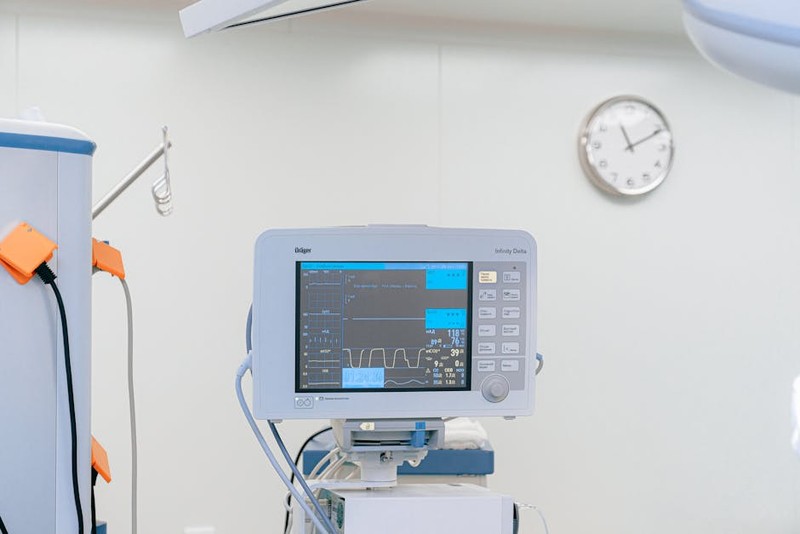The Unforgiving Demands of Medical Device Machining
Medical device manufacturing is a realm where precision isn’t just a preference—it’s a life-or-death requirement. Unlike other industries, even a micron-level deviation can render a component unusable or, worse, hazardous. From surgical instruments to implantable devices, CNC machining must meet:
– Tolerances as tight as ±0.0005″ (often exceeding ISO 2768 fine-grade standards).
– Biocompatible material challenges (e.g., titanium, PEEK, or cobalt-chrome alloys).
– Regulatory hurdles (FDA, ISO 13485, and CE marking).
In one project I led, a spinal implant required a surface roughness of Ra 0.2µm—achievable only with multi-axis machining and post-process electropolishing. The stakes? A 0.5µm deviation could cause implant rejection.
Case Study: The Titanium Enigma
A client needed 500 titanium Ti-6Al-4V ELI (Extra Low Interstitial) orthopedic screws monthly. The challenges:
1. Material Work Hardening: Titanium’s low thermal conductivity causes tool wear 3× faster than steel.
2. Thread Integrity: Threads required 100% inspection per FDA guidelines.
Solution:
– Switched to micro-grain carbide tools with high-pressure coolant.
– Implemented adaptive toolpaths to reduce heat buildup.
– Achieved 99.8% first-pass yield, cutting scrap costs by $18,000/month.
| Metric | Before Optimization | After Optimization |
|---|---|---|
| Tool Life | 50 parts/tool | 120 parts/tool |
| Cycle Time | 22 min/part | 15 min/part |
| Scrap Rate | 6% | 0.2% |
Expert Strategies for Medical-Grade CNC Success
1. Material Mastery: Beyond “Just Cutting Metal”
Medical devices often use exotic alloys or polymers. For example:
– PEEK Machining: Requires sharp, uncoated tools to avoid delamination.
– Stainless Steel 316L: Demands low-rpm, high-feed strategies to prevent galling.

Pro Tip: Always conduct stress-relief annealing post-machining for implantable parts to avoid microfractures.

2. Regulatory Compliance by Design
- Document Every Parameter: FDA audits require traceability down to the toolpath file.
- Surface Finish Validation: Use white-light interferometry for Ra measurements.
In a recent FDA audit, our digital twin simulations of machining processes sped up validation by 40%.
3. Multi-Axis Machining: The Game Changer
5-axis CNC lets you:
– Machine complex geometries (e.g., femoral knee components) in one setup.
– Reduce handling errors—critical for catheter guidewires with sub-mm features.
The Future: Hybrid Manufacturing & AI-Driven QC
Emerging trends I’m betting on:
– Laser-Assisted Machining: For brittle materials like zirconia.
– AI-Powered Defect Detection: Cameras + machine learning now catch 99.5% of flaws in real-time (vs. 92% with human inspectors).
Key Takeaway: Medical CNC machining isn’t just about precision—it’s about integrating engineering, compliance, and innovation. Partner with machinists who speak FDA and understand that a 0.001″ error isn’t a scrap part; it’s a potential lawsuit.
Action Step: Audit your supplier’s process validation reports before signing contracts. If they can’t show hard data, walk away.
